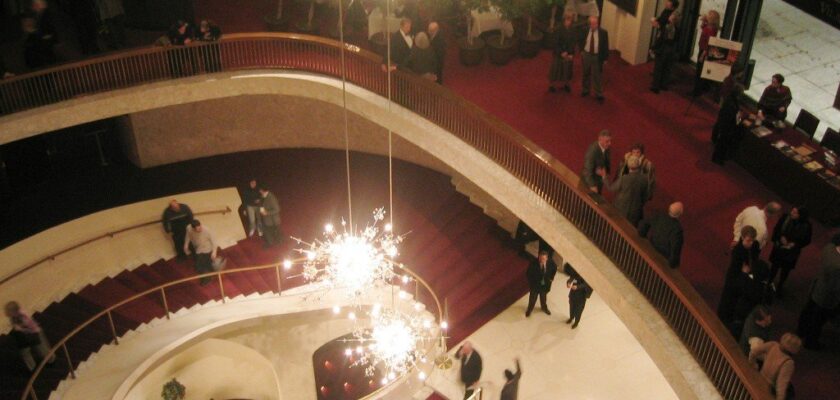Metropolitan Opera
The Metropolitan Opera is one of the leading opera houses and a popular attraction in New York City. Along with the Vienna State Opera and La Scala in Milan, the Metropolitan Opera is one of the top three most prestigious opera venues in the world.”
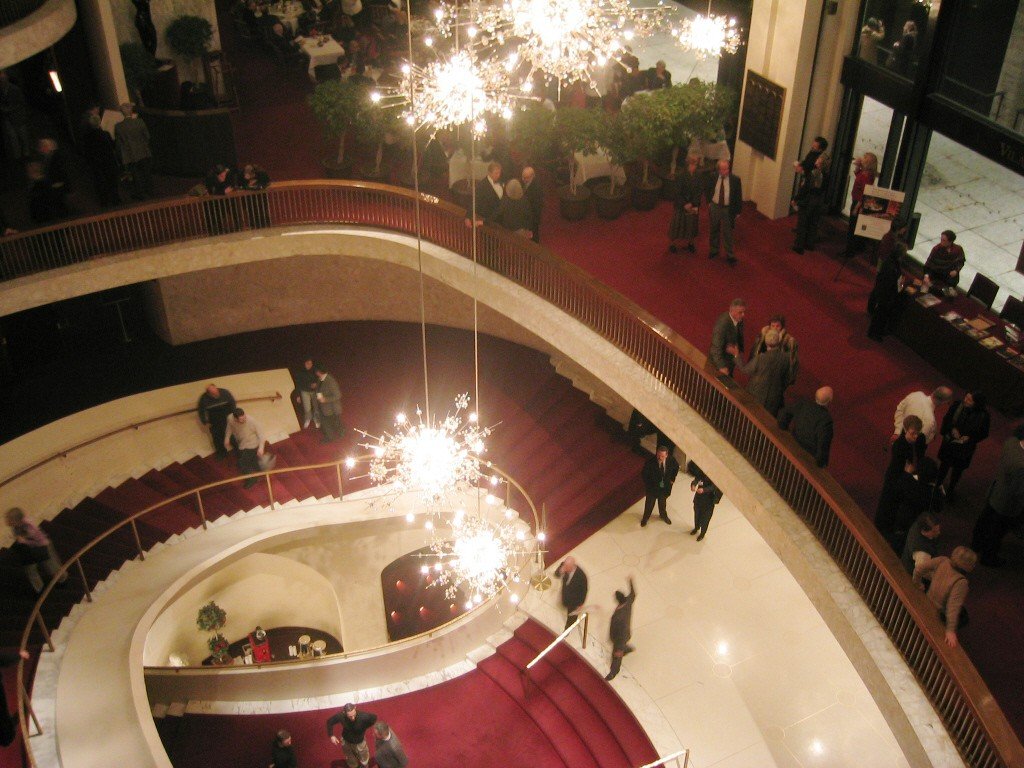
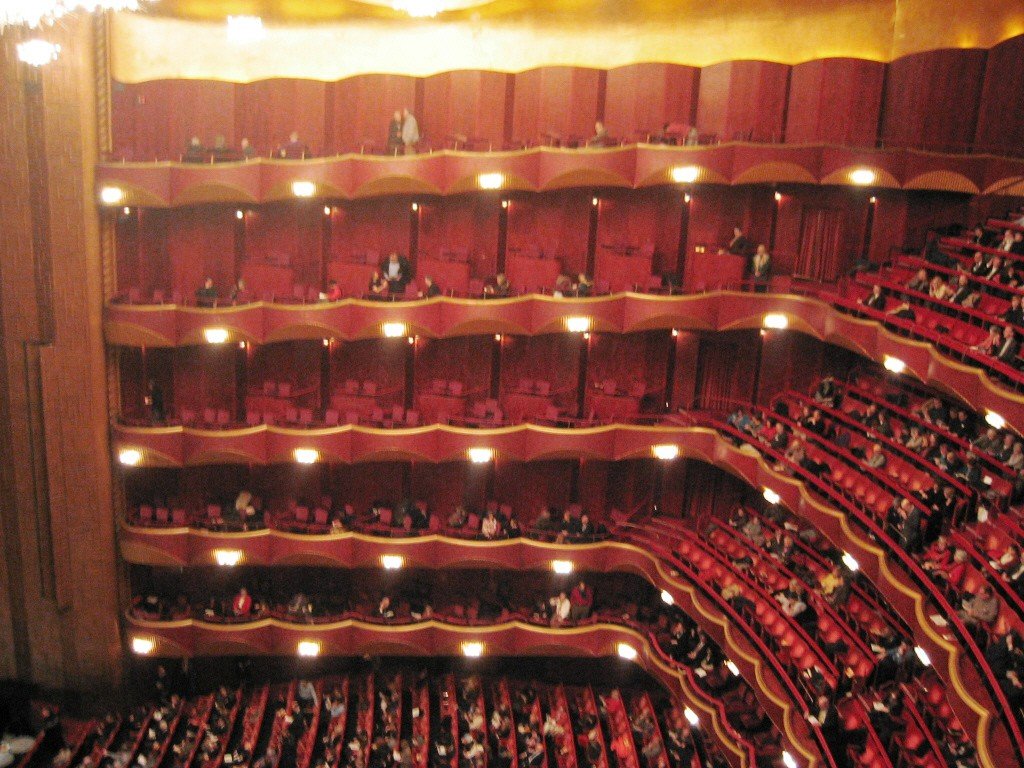
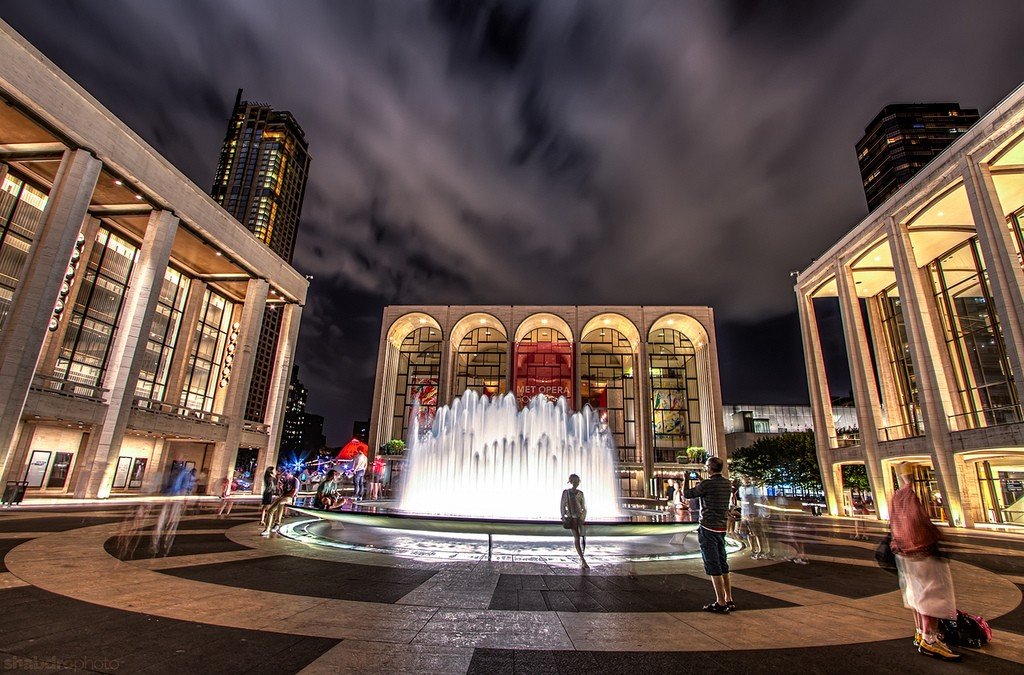
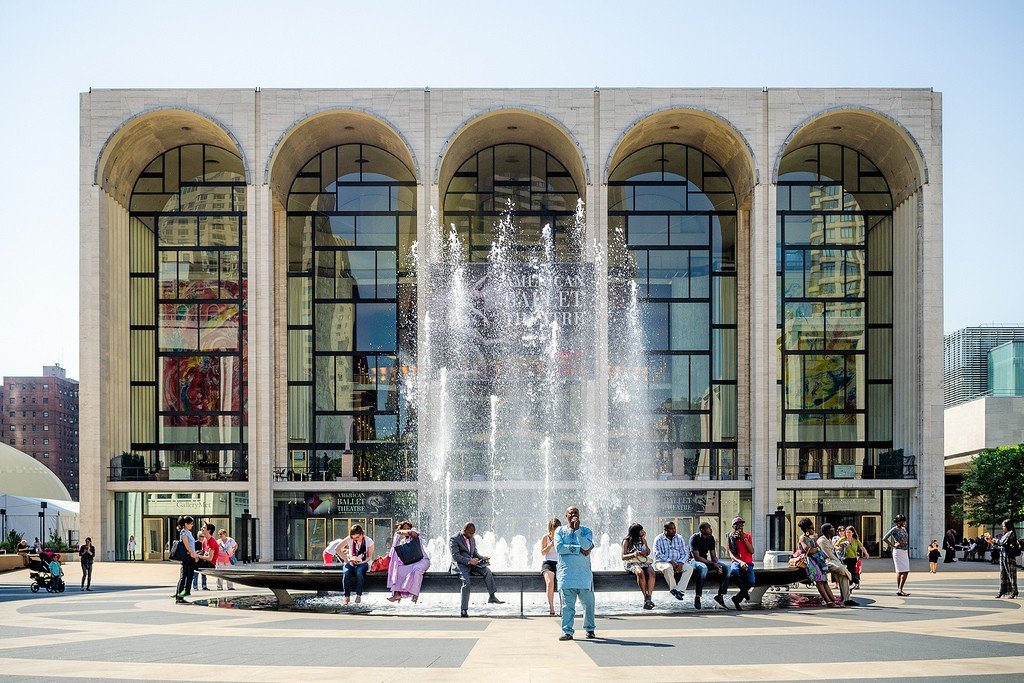
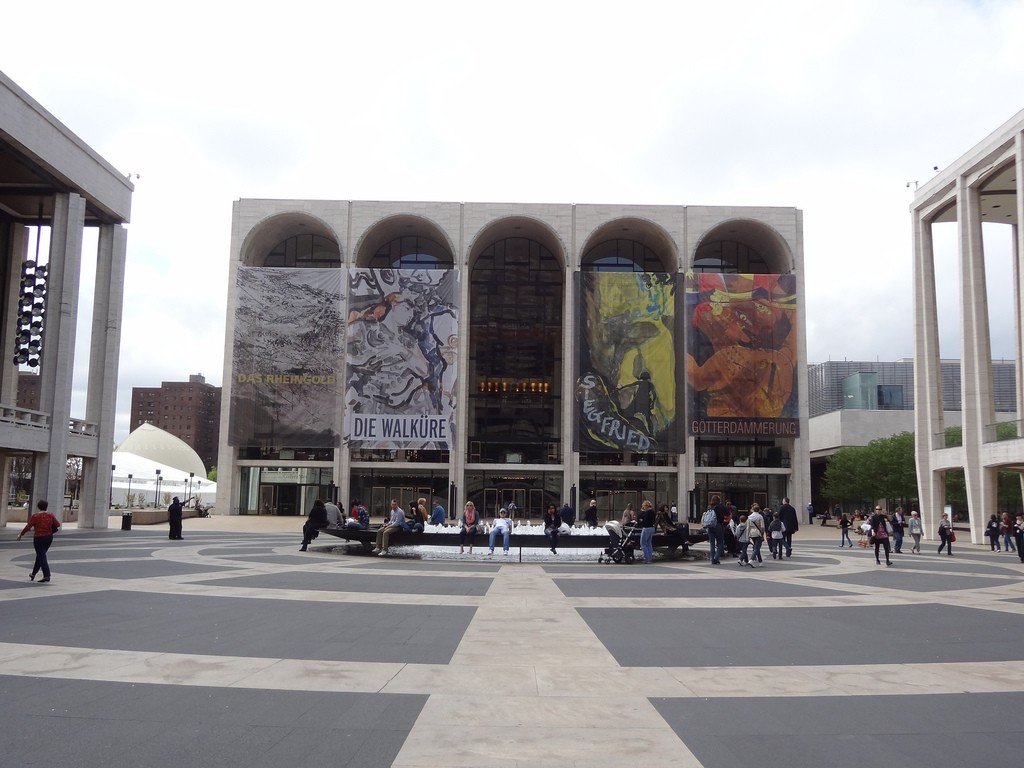
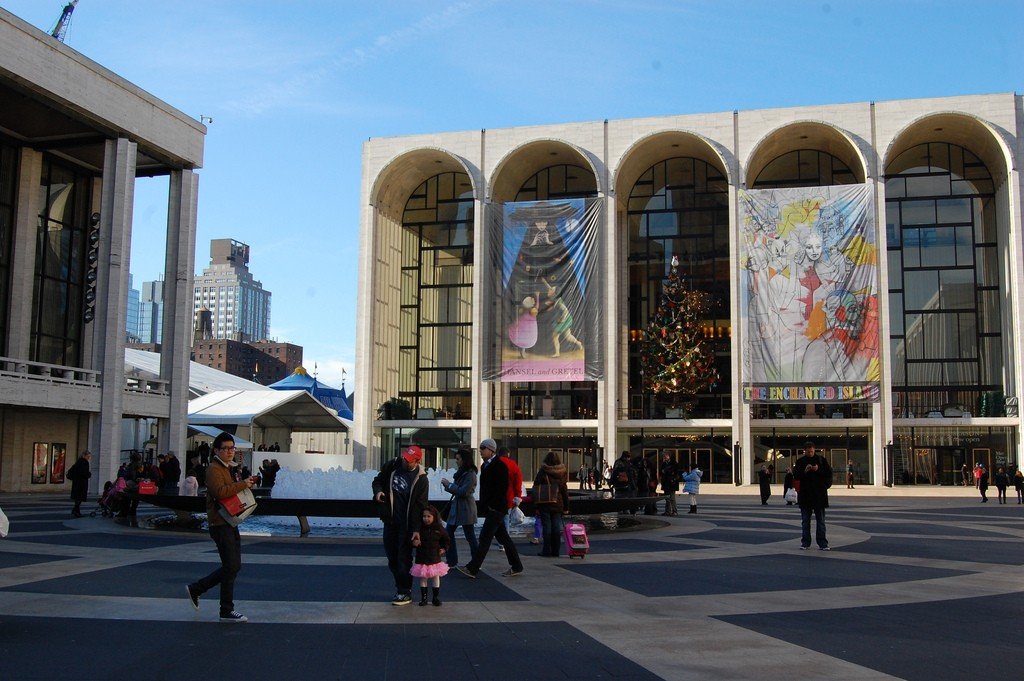
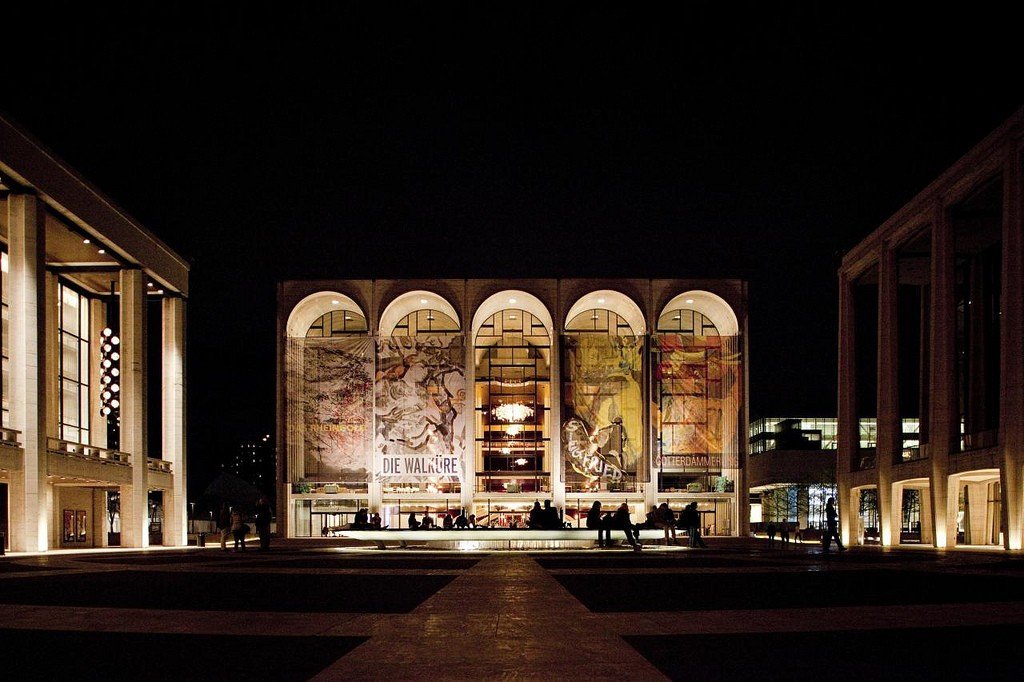
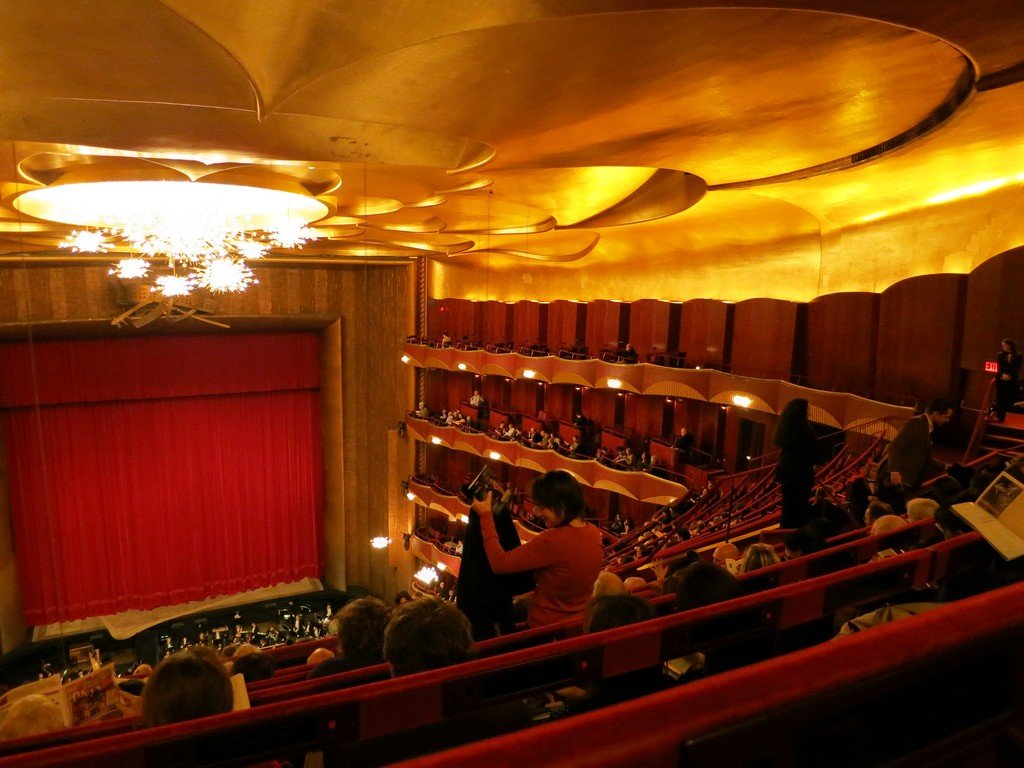
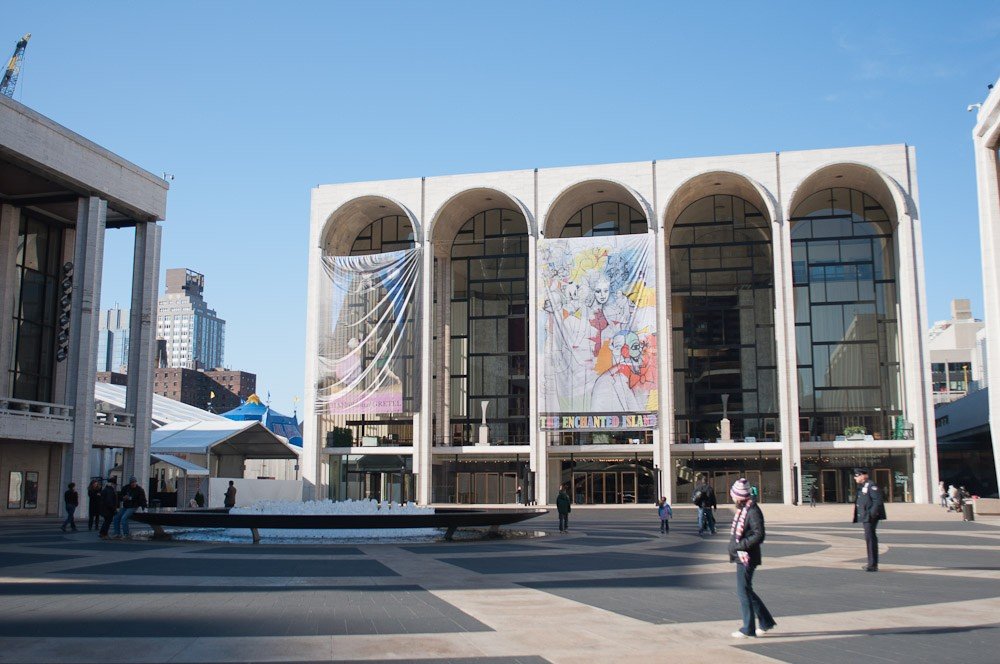
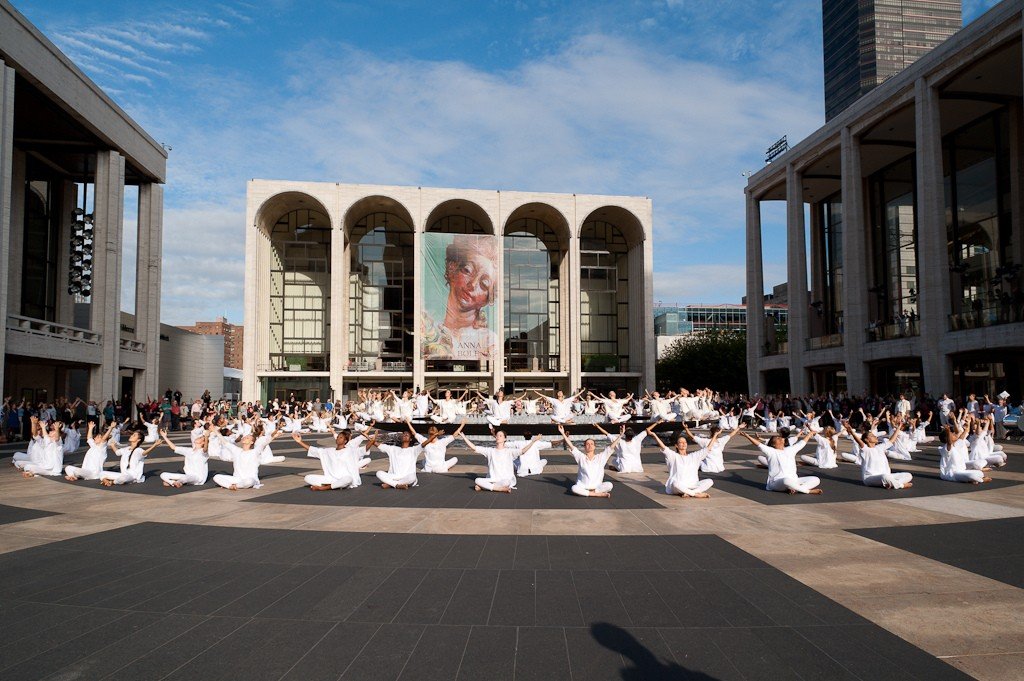
Video: Metropolitan Opera. 2016-17 Season
Contents- Highlights
- History of the theater
- Building architecture and interior decoration
- How to buy tickets, cost
- How to get there
Highlights
The Metropolitan Opera has at various times featured brilliant artists whose names are forever inscribed in the glorious annals of the theater. From 1903 until the end of his career, the legendary Enrico Caruso performed here. In 1910 the admiring audience warmly welcomed our distinguished compatriot, opera and chamber singer Fyodor Chaliapin. Sergei Diaghilev came here with the company of the Russian Ballet. Anna Pavlova danced on the famous stage of the Metropolitan Opera. Maria Callas, Plácido Domingo, Monserrat Caballe and other outstanding performers have made invaluable contributions to the treasury of the theater.
.
The Metropolitan Opera’s American scope and classical operatic traditions attract more than 800,000 audience members to the Metropolitan Opera each year. And those who are unable to attend can watch productions live, directly on the official website www.metopera.org. Cinemas in many countries around the world regularly organize live broadcasts of opera performances in HD (high-definition digital television) format. The first such broadcast took place on December 30, 2006: Mozart’s opera-singspiel “The Magic Flute” was shown on large screens. The audience of such broadcasts is constantly expanding. This is due to the addition of new participating theaters from around the world.
.Theater History
The opera company was founded in New York City in 1880 with funds from the Metropolitan Opera House Company. Patrons included the Morgan, Astor, Vanderbilt, and other families. It was housed in a building on Broadway built by the famous American architect Cleveland Cady. It was badly damaged by fire in August 1892, but was rebuilt in short order. Although its acoustics were inadequate, the theater did not move to new premises until 1966. The choir and musicians worked on a permanent basis, while soloists and conductors were invited on contract. The fate of the old building was unenviable: it was demolished. Although it could have been preserved – for history…
.
The official opening of the Metropolitan Opera took place on October 22, 1883 with the production of the opera “Faust” by Charles Gounod. The first years were spent with German composers. At the end of the XIX century, performances based on Wagner’s works were replaced by Italian seasons. At the beginning of the XX century the repertoire included works by French and Russian classics. These included operas by Pyotr Ilyich Tchaikovsky, Modest Petrovich Mussorgsky and Nikolai Andreyevich Rimsky-Korsakov.
.Russian artist Sergei Yuryevich Sudeikin designed the theater’s productions from 1924 to 1931. More than 30 world premieres were staged at the Metropolitan Opera. Among our compatriots on its stage were Galina Vishnevskaya and Anatoly Solovyanenko, Elena Obraztsova and Lyubov Kazarnovskaya, Maria Bieszu and Dmitri Hvorostovsky, Galina Gorchakova and Olga Borodina, Anna Netrebko and many others. From 1940 to 2004 radio broadcasts were conducted from the auditorium. In 1995, a system of simultaneous translation into English, German and Spanish was installed here, which was a necessary and timely decision, given the increasing popularity of this opera venue.
.Building architecture and interior decoration
The Metropolitan Opera is located at the Lincoln Center for the Performing Arts in Manhattan (Lincoln Center for short), a complex that brings together 12 buildings dedicated to cultural events.
The project was designed by American architect Wallace Kay Harrison. This five-arched Neo-Italian-style structure harmonizes perfectly with the architecture of the entire complex. The building (not unlike the previous one on Broadway) is characterized by remarkable acoustics.
The main stage is 80 feet, the equipment for which was made by German craftsmen (firm “Gerrits”, Umkirch municipality, FRG). There are two additional stage areas. The orchestra pit accommodates 110 musicians, but during ballet performances it is reduced and one more row is added – the thirty-fifth. The huge auditorium in five tiers is designed for 3900 seats. Its decoration is amazingly rich: the ceiling is covered with gold leaf, 11 crystal chandeliers in Art Nouveau style create magnificent illumination, allowing you to see what is happening on stage even from the farthest points. Another calling card of the famous theater is the luxurious curtain weighing several hundred kilograms. It is embroidered with gold and pure silk.
.The lobby of the Metropolitan Opera is decorated with famous murals by Marc Chagall. They measure 9 by 11 meters and are clearly visible from the street through huge arched windows. Curiously, these works were sold to a private person for 20 million dollars, with the condition that they will be in the building of the theater, that is, the purchase is more like patronage. In the lobby there are sculptures by Aristide Maillol and Wilhelm Lembrook. Portraits of famous artists can also be viewed here.
.How to buy tickets, cost
Going to the opera house, especially such a world famous one, for every tourist coming to the United States becomes an unforgettable event for life. The season here lasts from September through April. There are performances every day. In May and June, the troupe goes on tour. In July, the Metropolitan Opera Festival takes place in New York. Free productions are organized in the parks, which are very popular and draw crowds of fans.
.
It is convenient to purchase a ticket online at the Metropolitan Opera’s official website, print it out on a printer, and thus save yourself the hassle of crowding the box office. For New Yorkers, an annual pass is available. The cheapest tickets will cost from 17 to 35 dollars for a single standing seat, of which there are only 175. Just keep in mind that the show lasts about three hours, and not everyone will probably be able to stand on their feet for that long. But, as they say, art requires sacrifice, so its true connoisseurs do not even notice how time flies by when watching the performance.
.
You can find inexpensive seating from $25, especially since the modern acoustics will allow you to enjoy the production in full, without missing anything.
.The most expensive tickets are for the first rows of the amphitheater, they cost about $500. The seats here are located on the same level as the stage and in close proximity to it.
.
Tickets in the parterre will cost $350. Senior citizens and students are eligible for discounts. Curiously, there are visitors dressed in both evening gowns and jeans. That is, there is no strict dress code at the Metropolitan Opera. The official web resource also publishes information revealing the content and history of the productions, which soloists participate in them.
.
The Metropolitan Opera has a store, it offers souvenirs and disks. Outerwear can be turned in to the checkroom, it will cost you 3 dollars, guaranteed to be completely safe.
.
Some boxes in the theater are equipped with their own bar and checkroom.
.How to get there
Many people prefer to get to the Metropolitan Opera by cab or private car, but you need to leave early to avoid being late for the performance due to traffic jams. Traffic jams are not terrible if you choose the good old subway. The trip from Brooklyn will take about half an hour, get off at 66 St. Lincoln Street Station.
.
Nearby restaurants will offer you a glass of champagne before the show.
